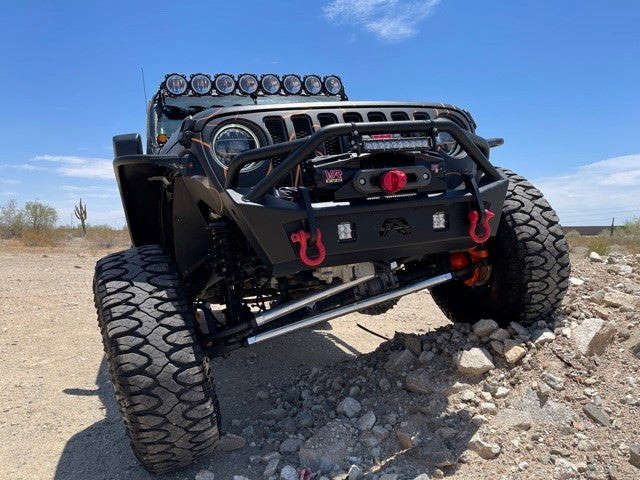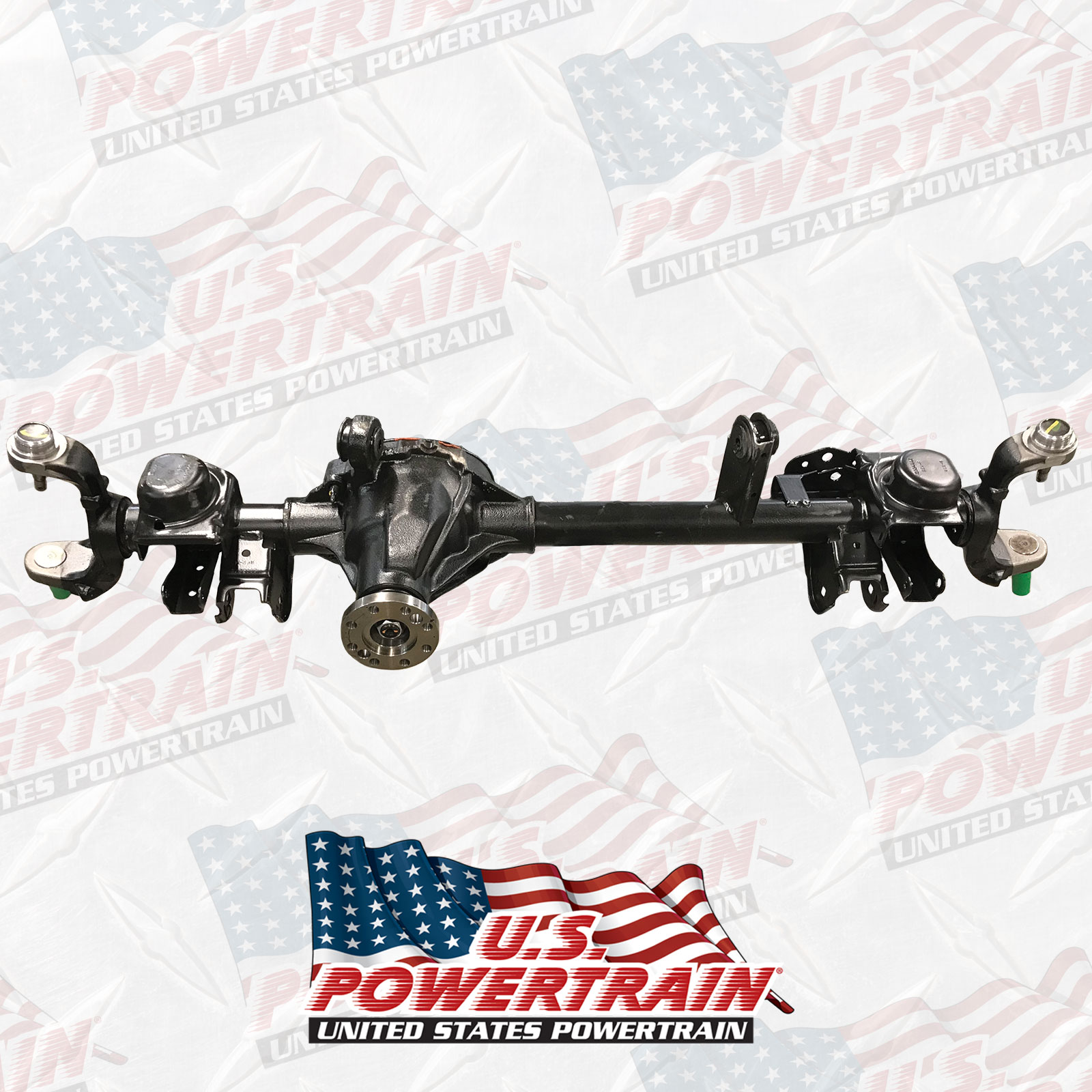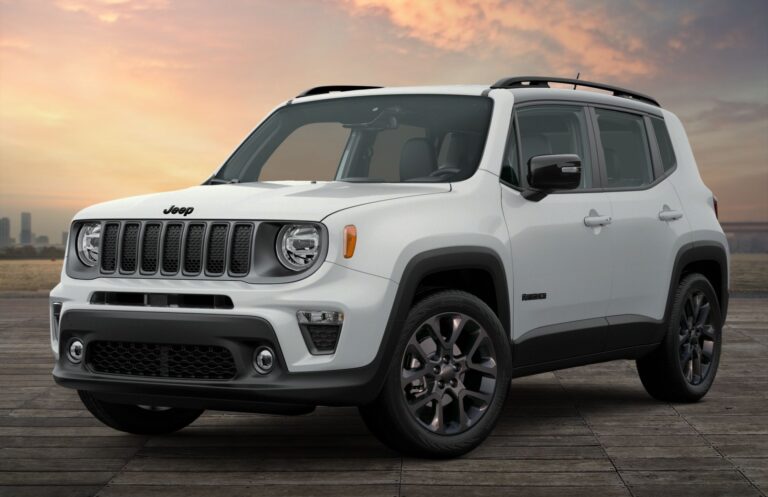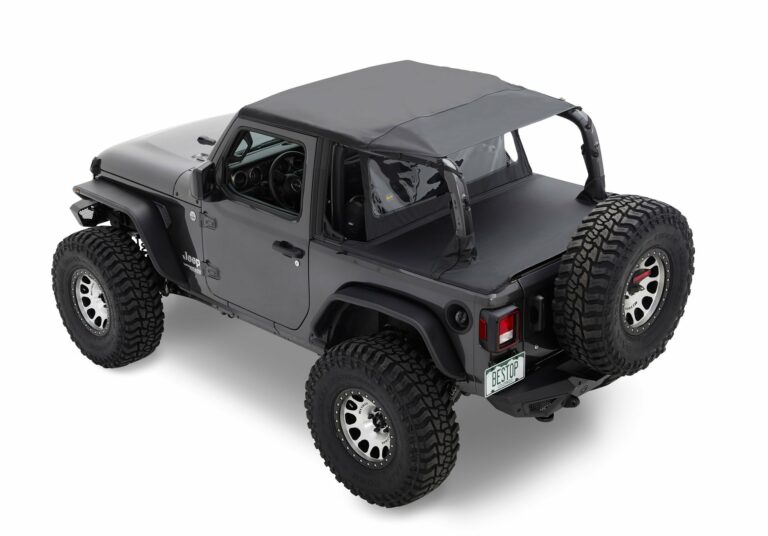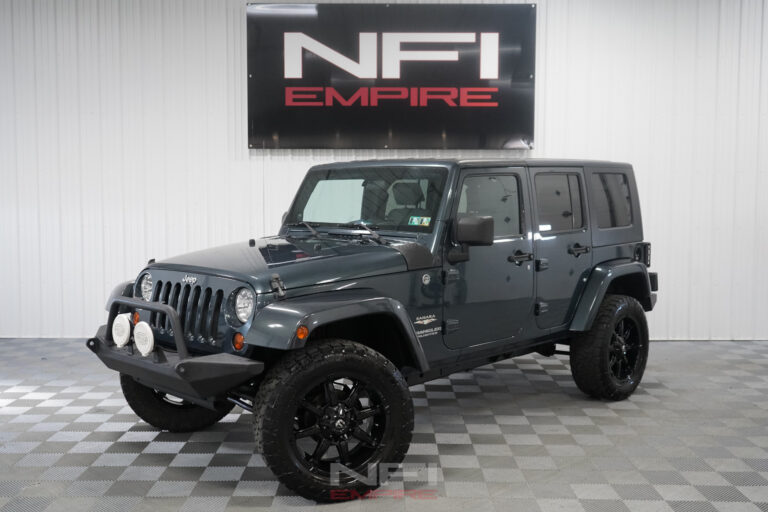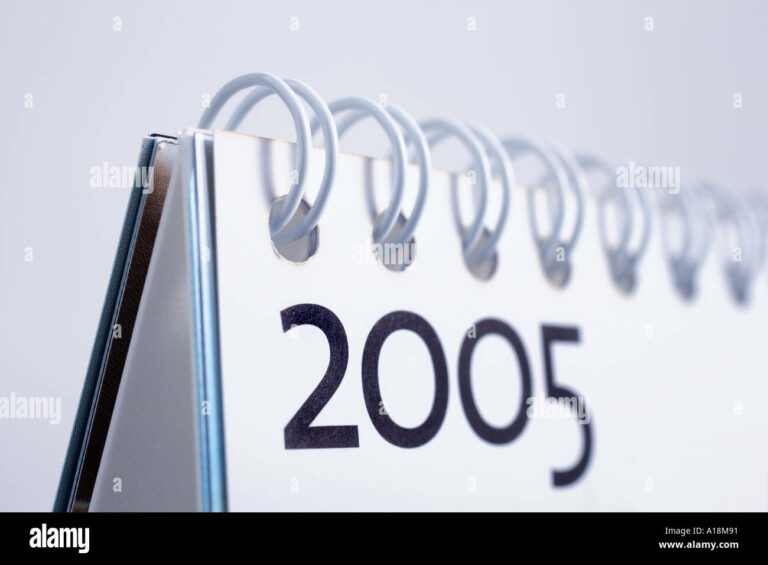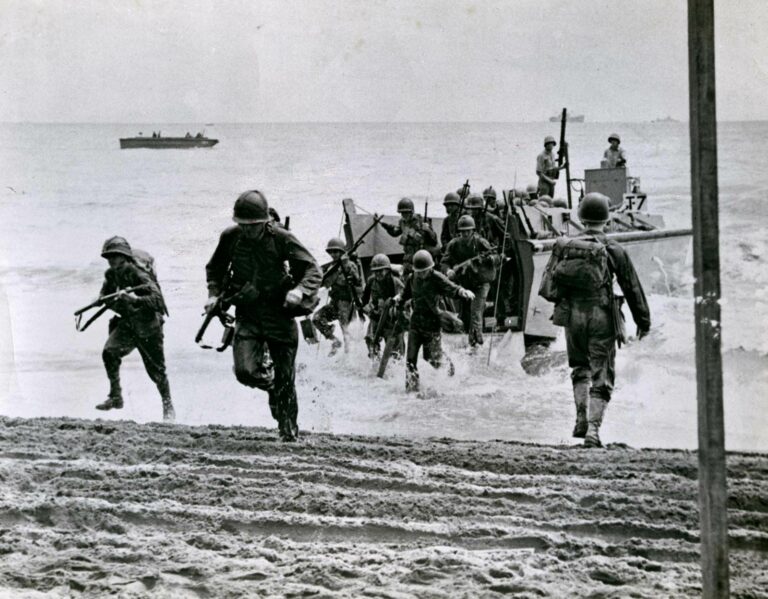Dana30 Differential Assembly Jeep Wrangler For Sale: A Comprehensive Guide
Dana30 Differential Assembly Jeep Wrangler For Sale: A Comprehensive Guide jeeps.truckstrend.com
Introduction: Unlocking Your Jeep’s Potential with a Dana 30 Differential
The heart of any off-road vehicle’s capability lies in its drivetrain, and for many Jeep Wrangler owners, the Dana 30 differential assembly plays a pivotal role. Often found as the front axle in various Wrangler models, including the YJ, TJ, and JK, the Dana 30 is a fundamental component responsible for transferring power from the driveshaft to the wheels while allowing them to rotate at different speeds during turns.
Dana30 Differential Assembly Jeep Wrangler For Sale: A Comprehensive Guide
Whether you’re looking to replace a damaged unit, upgrade your Jeep for more challenging terrain, or customize your rig with new gear ratios or a locker, understanding the nuances of a Dana 30 differential assembly for sale is crucial. This comprehensive guide will delve into everything you need to know, from its core components and common applications to what to look for when buying, installation tips, and potential upgrades. Our goal is to equip you with the knowledge to make an informed decision, ensuring your Jeep Wrangler remains a reliable and capable machine for years to come.
Understanding the Dana 30 Differential Assembly
The Dana 30 is a popular and widely utilized differential assembly, particularly as a front axle in many Jeep Wrangler models. It’s a robust unit, though considered a "light-duty" axle compared to its larger siblings like the Dana 44 or Dana 60. Despite this, its ubiquity and the vast aftermarket support make it a common choice for daily drivers and moderate off-road enthusiasts.
A complete Dana 30 differential assembly typically includes:
- Axle Housing: The main steel tube structure that encases and protects the internal components.
- Differential Carrier: The "brain" of the differential, which houses the spider gears and allows the wheels to spin at different speeds. This can be an open differential, a limited-slip differential (LSD), or an aftermarket locker.
- Ring and Pinion Gears: These gears determine the axle’s gear ratio, affecting torque and speed. Common ratios for Dana 30s in Wranglers include 3.21, 3.73, 4.10, and higher for larger tires.
- Axle Shafts (Inner and Outer): These shafts transmit power from the differential carrier to the wheel hubs.
- Bearings and Seals: Crucial for smooth operation and preventing lubricant leaks.
- Knuckles and Unit Bearings (often included): Components at the ends of the axle tubes that connect to the steering and wheels.
- Brake Components (sometimes included): Calipers, rotors, and pads, which may or may not be part of the sale.


The Dana 30’s design offers a good balance of strength for its size, making it suitable for stock and mildly modified Wranglers. Its widespread use means parts are readily available and generally affordable, making it an attractive option for repairs or budget-conscious upgrades.
Why Consider a Dana 30 Differential Assembly for Sale?
There are several compelling reasons why a Jeep Wrangler owner might be in the market for a Dana 30 differential assembly:
- Replacement of Damaged Components: Accidents, severe off-road impacts, or prolonged neglect can lead to bent axle tubes, cracked housings, or severely worn internal gears and bearings. A complete used assembly can be a cost-effective solution compared to buying individual new parts or attempting complex repairs.
- Gear Ratio Change: When installing larger tires (e.g., 35 inches or more), the stock gear ratio often becomes insufficient, leading to sluggish performance, poor fuel economy, and excessive strain on the engine and transmission. Swapping the entire differential assembly for one with a lower (higher numerically) gear ratio is a common and highly recommended upgrade to restore power and efficiency.
- Adding a Traction Device (Locker/LSD): For enhanced off-road capability, many enthusiasts opt to install a locking differential or a limited-slip differential. If your existing Dana 30 has an open differential, acquiring an assembly that already has a locker installed, or one that you plan to modify, can significantly improve traction in challenging conditions.
- Building a Spare or Modified Axle: Some owners purchase a used Dana 30 housing to build a spare axle or to reinforce and modify it with chromoly shafts, sleeves, and gussets for future use, without taking their primary vehicle out of commission.
- Cost-Effectiveness: Purchasing a complete used Dana 30 assembly is often significantly cheaper than buying a brand-new unit or all the individual components required for a full rebuild. This makes it an excellent option for those on a budget or looking for a project.
![]()
Key Components and Configurations to Look For
When evaluating a Dana 30 differential assembly for sale, understanding its various configurations and components is essential:
- Axle Housing Type:
- JK Dana 30: Wider and uses different axle shafts, knuckles, and brake components than TJ/YJ axles. Found in 2007-2018 Jeep Wrangler JK/JKU models.
- TJ/YJ Dana 30: Narrower, with different bolt patterns and component designs. Found in 1997-2006 Jeep Wrangler TJ/LJ and 1987-1995 Jeep Wrangler YJ models. Ensure compatibility with your specific Wrangler year and model.
- Differential Type:
- Open Differential: Standard factory setup. Power goes to the wheel with the least resistance.
- Limited-Slip Differential (LSD): Provides some power transfer to the wheel with more traction, improving grip over open diffs but not a full lock.
- Locker (Selectable/Automatic): Forces both wheels on the axle to spin at the same speed, providing maximum traction. Aftermarket lockers are common upgrades.
- Gear Ratio: Crucial for matching tire size and driving style. Verify the ratio (often stamped on the differential tag or by counting teeth) to ensure it meets your needs. Common factory ratios include 3.21, 3.73, and 4.10. For larger tires (35"+), 4.56, 4.88, or even 5.13 are often recommended.
- Axle Shafts: Stock shafts are typically carbon steel. Upgraded assemblies might include chromoly shafts, which are stronger and more resistant to bending and breaking.
- Condition of Wear Parts: Inspect bearings (pinion, carrier, wheel), seals, and ball joints (if included) for excessive wear or leaks. These are common points of failure and may require replacement.
- Reinforcements: Some used assemblies might already have aftermarket reinforcements like inner C-gussets (to strengthen the knuckles) or axle sleeves (to reinforce the axle tubes), which are significant value adds.
What to Look For When Buying a Used Dana 30
Purchasing a used Dana 30 requires careful inspection to ensure you’re getting a reliable component. Here’s a checklist:
- Housing Integrity:
- Bends or Cracks: Carefully inspect the axle tubes and the differential housing for any signs of bending, cracks, or severe impact damage. A bent axle tube can cause issues with axle shaft alignment and tire wear.
- Rust: Surface rust is common and usually not an issue, but deep, pitting rust could indicate structural compromise.
- Gear Condition:
- Visual Inspection: If possible, remove the differential cover and inspect the ring and pinion gears. Look for chipped teeth, excessive pitting, or signs of overheating (discoloration).
- Backlash: Gently rotate the pinion flange (if accessible) and feel for excessive play before the ring gear moves. Too much backlash can indicate worn gears or incorrect setup.
- Bearing and Seal Health:
- Leaks: Check around the pinion seal and axle tube seals for oil leaks. While seals are replaceable, leaks can indicate worn bearings or prolonged neglect.
- Play: Grab the pinion flange and try to move it up/down or side-to-side. Excessive play suggests worn pinion bearings. Similarly, check for play in the wheel hubs if they’re included.
- Axle Shafts:
- Straightness: Roll them on a flat surface if they are out of the housing, or visually inspect them if still installed.
- Spline Integrity: Check the splines on both ends for twisting or damage.
- Fluid Condition: If the differential still has fluid, check its color and consistency. Dark, sludgy fluid with metal flakes indicates severe wear and lack of maintenance. Clean fluid is a good sign.
- Compatibility: Double-check that the axle width, bolt pattern, and steering components (if included) match your specific Jeep Wrangler model year.
- Seller Information: Ask the seller about the axle’s history: where it came from, why it was removed, estimated mileage, and any known issues or modifications.
Installation Considerations and Tips
Installing a Dana 30 differential assembly can be a significant DIY project, but it’s often best left to experienced mechanics, especially if it involves setting up new gears.
- DIY vs. Professional: If you’re replacing a complete assembly with the same gear ratio and type, and you’re comfortable with basic wrenching, a DIY approach is feasible. However, if you’re changing gear ratios, installing a locker, or dealing with complex issues, professional installation by a shop specializing in differentials is highly recommended. Proper gear setup requires specialized tools and expertise to ensure correct backlash and pattern, which are critical for longevity.
- Required Tools: You’ll need standard automotive tools, including jack stands, a floor jack, socket sets, wrenches, a torque wrench, and a fluid drain pan. If you’re disconnecting brake lines, you’ll need brake line wrenches and bleeding tools.
- Fluids: Always use fresh, high-quality differential fluid of the correct weight (e.g., 75W-90, 80W-90, or 75W-140) and ensure you have enough. Some differentials, especially those with limited-slip units, require friction modifier additives.
- Torque Specifications: Adhere strictly to factory torque specifications for all bolts, especially those related to the differential cover, driveshaft, and suspension components.
- Brake System: If you disconnect brake lines, remember to bleed the brake system thoroughly after installation.
- Post-Installation Check: After installation, take your Jeep for a short, gentle test drive. Listen for unusual noises (whining, clunking), check for fluid leaks, and ensure all functions (steering, brakes) are operating correctly.
- Gear Break-in (if new gears are installed): If the assembly has new ring and pinion gears, follow a break-in procedure, which typically involves several short drives with cool-down periods, and an initial fluid change after 500 miles. This prevents premature wear.
Challenges, Solutions, and When to Upgrade Beyond Dana 30
While the Dana 30 is capable, it does have limitations, particularly under aggressive off-roading with large tires.
Common Weaknesses:
- Smaller Ring Gear: The 7.125-inch ring gear is smaller than those found in heavier-duty axles, making it more susceptible to damage under high stress.
- Thin Axle Tubes: The axle tubes are relatively thin-walled, prone to bending, especially with hard impacts or large tires.
- Weaker Stock Axle Shafts: Factory shafts can snap, particularly with lockers and larger tires.
Common Upgrades/Solutions (for existing or purchased Dana 30s):
- Axle Sleeves and Gussets: Aftermarket kits can be welded into the axle tubes (sleeves) and onto the inner C-knuckles (gussets) to significantly reinforce the housing against bending and breaking.
- Chromoly Axle Shafts: Replacing stock shafts with chromoly versions dramatically increases strength and resistance to breakage.
- Locker Installation: As mentioned, adding a locker maximizes traction.
- Lower Gear Ratios: Essential for regaining power with larger tires.
When to Consider a Dana 44 or Bigger:
Despite these upgrades, the Dana 30 has inherent limitations due to its ring gear size. If you plan to consistently run 37-inch tires or larger, engage in extreme rock crawling, or frequently use heavy throttle with a locker, the Dana 30 may eventually be your weakest link. In such cases, upgrading to a Dana 44 (especially a heavy-duty aftermarket one) or even a Dana 60 front axle might be a more durable long-term solution. These axles offer larger ring gears, stronger housings, and more robust components designed for extreme use.
Practical Advice and Actionable Insights
- Set a Realistic Budget: Factor in not just the purchase price of the differential but also shipping costs, potential replacement parts (seals, bearings), fluids, and professional installation if needed.
- Inspect Thoroughly: Never buy without a detailed inspection or clear, high-resolution photos and videos if buying remotely. Don’t be afraid to ask for specific shots.
- Ask Questions: A reputable seller will be happy to answer your questions about the axle’s history, condition, and any modifications.
- Verify Compatibility: Always confirm that the differential assembly is compatible with your specific Jeep Wrangler model year and desired modifications (e.g., existing locker type, gear ratio).
- Consider the Source: Buying from a reputable Jeep parts dealer or a well-known enthusiast forum is often safer than an unknown private seller.
- Don’t Rush: Take your time to find the right Dana 30 for your needs. A hasty purchase can lead to costly repairs down the line.
- Match to Your Use Case: A stock Dana 30 might be perfectly fine for a daily driver, but a heavily modified one with a locker and chromoly shafts is better suited for serious off-roading.
Price Table: Dana 30 Differential Assembly Jeep Wrangler For Sale
Please note: Prices for used differential assemblies vary significantly based on condition, location, included components (e.g., knuckles, brakes), gear ratio, and any installed aftermarket upgrades (lockers, chromoly shafts, reinforcements). The table below provides estimated ranges for common configurations. Always confirm the exact specifications and condition with the seller.
| Item Description | Condition | Estimated Price Range (USD) | Key Features/Notes |
|---|---|---|---|
| Bare Dana 30 Axle Housing (JK/TJ/YJ) | Used | $200 – $500 | No internal components, ideal for custom builds or replacing a bent housing. May include knuckles/unit bearings. |
| Complete Stock Dana 30 Assembly (Open Diff) | Used (Good) | $400 – $900 | OEM gears (e.g., 3.21, 3.73), open differential. Good for direct replacement or re-gearing project. |
| Complete Stock Dana 30 Assembly (Open Diff) | Used (Excellent/Low Miles) | $700 – $1,200 | Often from salvaged low-mileage vehicles. Ready to bolt in. |
| Complete Dana 30 Assembly (Re-Geared) | Used (Good/Rebuilt) | $800 – $1,500 | Already setup with common aftermarket gear ratios (e.g., 4.56, 4.88). Verify professional setup. |
| Complete Dana 30 Assembly (With Locker) | Used (Good/Rebuilt) | $1,200 – $2,000+ | Includes an installed aftermarket locker (e.g., ARB, Eaton, Detroit). Significant value add. |
| Complete Dana 30 Assembly (With Chromoly Shafts) | Used (Good/Rebuilt) | $1,000 – $1,800+ | Upgraded chromoly axle shafts for increased strength. May or may not include a locker/specific gears. |
| Complete Dana 30 Assembly (Reinforced) | Used (Good/Rebuilt) | $1,300 – $2,200+ | Features welded gussets, sleeves, or truss kits for added housing strength. Often combined with other upgrades. |
| New Crate Dana 30 Assembly (Aftermarket) | New | $2,500 – $4,000+ | Brand new, fully assembled unit from an aftermarket manufacturer. Often includes stronger components. |
Note: Shipping costs for a differential assembly can be substantial due to weight and size (often $200-$500+ within the US). Always factor this into your budget.
Frequently Asked Questions (FAQ) about Dana 30 Differential Assembly Jeep Wrangler For Sale
Q1: Is a Dana 30 strong enough for 35-inch tires?
A1: A stock Dana 30 can handle 35-inch tires for moderate off-roading and daily driving, especially if driven carefully. However, for aggressive off-roading or rock crawling with 35s, it’s highly recommended to reinforce the housing (gussets, sleeves) and upgrade to chromoly axle shafts, especially if you also run a locker.
Q2: Can I put a locker in a Dana 30?
A2: Yes, absolutely! There are many aftermarket lockers (selectable and automatic) available for the Dana 30, significantly improving off-road traction. Be aware that adding a locker increases stress on other components, making axle shaft upgrades a wise investment.
Q3: What gear ratio do I need for my Dana 30?
A3: The ideal gear ratio depends on your tire size, transmission (manual vs. automatic), and intended use (daily driver, rock crawling, overlanding). For 35-inch tires, 4.56 or 4.88 are common recommendations. For 37-inch tires, 4.88 or 5.13 are often preferred. Always re-gear both front and rear axles to the same ratio.
Q4: What’s the difference between a JK Dana 30 and a TJ Dana 30?
A4: The primary differences are width, bolt pattern, and component design. JK Dana 30s are wider (approx. 65 inches WMS to WMS) with a 5×5 bolt pattern, while TJ Dana 30s are narrower (approx. 60 inches WMS to WMS) with a 5×4.5 bolt pattern. Their axle shafts, knuckles, and brake components are not interchangeable.
Q5: How do I know my current gear ratio?
A5: You can often find a metal tag on one of the differential cover bolts with the gear ratio stamped on it (e.g., 3.73, 4.10). If the tag is missing, you can jack up the vehicle, mark a tire and the driveshaft, and count the rotations (e.g., if the driveshaft spins 3.73 times for one tire rotation, you have 3.73 gears). For an accurate count, ensure the other wheel on the same axle is free to spin or disconnected, or rotate both wheels simultaneously.
Q6: When should I upgrade from a Dana 30 to a Dana 44 or larger?
A6: Consider upgrading to a Dana 44 or larger (e.g., Dana 60) if you plan on:
- Running 37-inch tires or larger consistently.
- Engaging in extreme rock crawling or competitive off-roading.
- Adding a powerful V8 engine swap.
- You frequently break Dana 30 components despite upgrades.
A Dana 44 offers a larger ring gear and stronger housing, providing a significant strength increase.
Q7: Are Dana 30s interchangeable between different Jeep models?
A7: Generally, no, not directly. While a Dana 30 is found in YJ, TJ, and JK Wranglers, their dimensions (width, control arm mounts, coil spring perches, track bar mounts) and bolt patterns differ significantly. Swapping between generations requires extensive fabrication and is usually not practical or cost-effective.
Conclusion: Making the Right Choice for Your Jeep
The Dana 30 differential assembly remains a cornerstone of the Jeep Wrangler’s drivetrain, offering a balance of performance, availability, and affordability. Whether you’re seeking a direct replacement for a worn-out component, an assembly ready for a gear change, or a unit already upgraded with a locker, the market for used Dana 30s is robust.
By thoroughly understanding its components, carefully inspecting potential purchases, and considering your specific needs and driving style, you can make an informed decision. While the Dana 30 has its limitations for extreme builds, it is a highly capable axle for most Jeep enthusiasts, especially with strategic reinforcements and upgrades. Invest wisely, and your Dana 30 will continue to deliver power to the ground, ensuring your Jeep Wrangler is ready for whatever adventure lies ahead.
